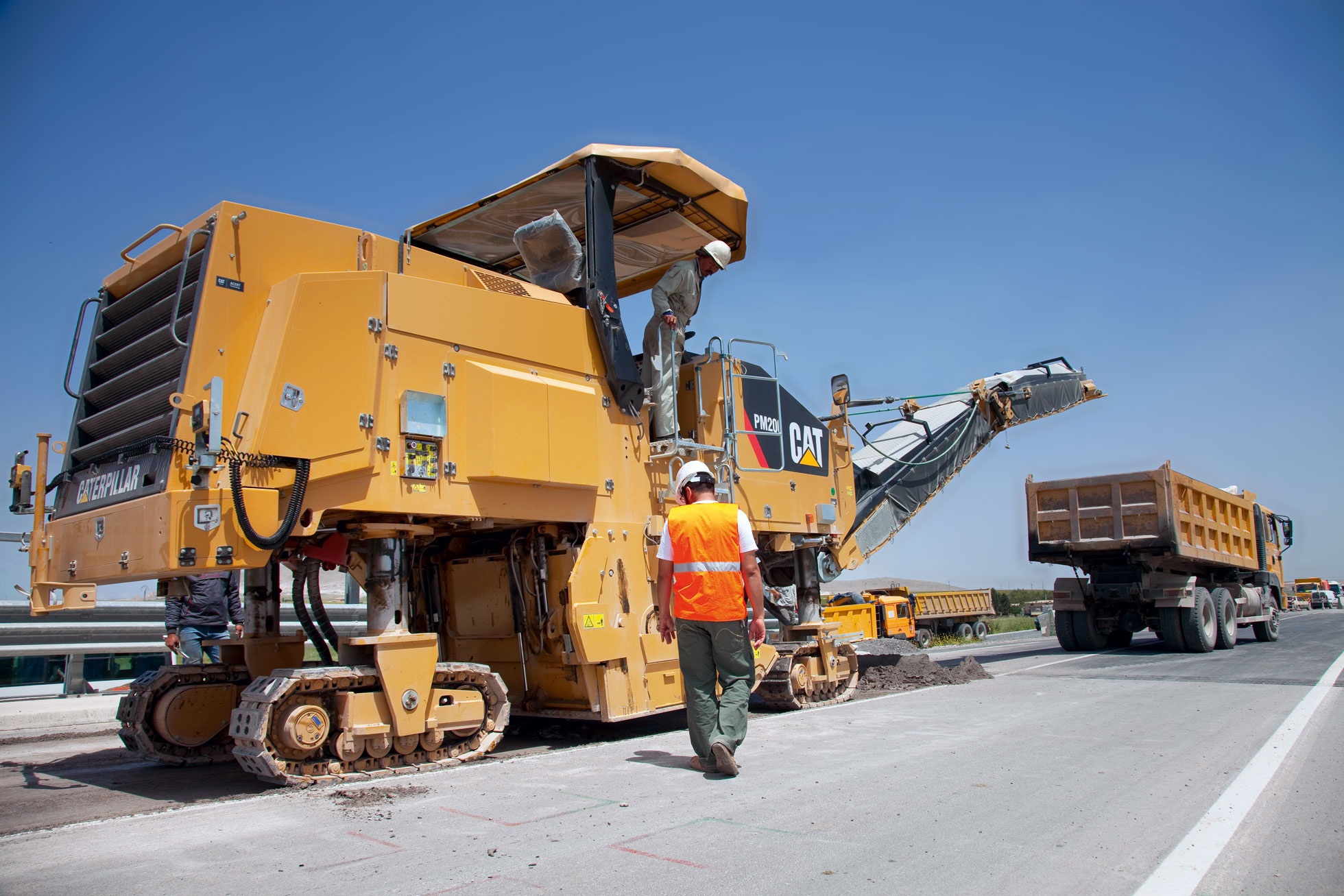The Science Behind Asphalt Milling: How It Revives Old Pavement
Asphalt milling is a highly effective pavement restoration technique that removes damaged surface layers while preparing roads and parking lots for new asphalt applications. This cost-efficient process is used by professionals to maintain smooth, durable pavement without full reconstruction.
May 21, 2025

What Is Asphalt Milling?
Milling involves the controlled removal of old asphalt, leaving a textured surface that enhances adhesion for new pavement layers. Key advantages include:
- Sustainability: Milled asphalt can be recycled into fresh pavement, reducing waste.
- Improved surface quality: Milling eliminates ruts, cracks, and uneven areas, making driving safer.
- Better drainage: Removing high spots and uneven layers ensures proper water runoff, preventing standing water damage.
When Is Milling Necessary?
- If asphalt has severe cracking, potholes, or surface deterioration.
- When road leveling is needed before resurfacing or repaving.
- To remove old markings and debris, creating a fresh, clean surface.
The Milling Process
Professional crews use high-powered milling machines that grind down existing pavement while collecting milled material for reuse. Once milling is complete, new asphalt is applied, resulting in a smooth, uniform roadway or parking lot.
Looking for a cost-effective solution to rejuvenate your pavement? Contact our experts for a professional milling consultation!

